Articles
Sensing Spaces
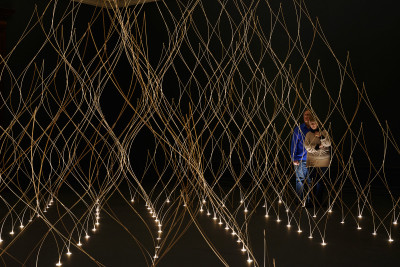
RA Exhibitions
> 2 years ago
Revisiting the exhibition: Sensing Spaces
In 2014, an architecture exhibition took over the Royal Academy that invited audiences not just to step inside it, but to touch it, smell it and feel it. With a curator’s introduction, a documentary from the show and interviews with the architects, we take a trip back to the monumental exhibition, ‘Sensing Spaces: Architecture Reimagined’.
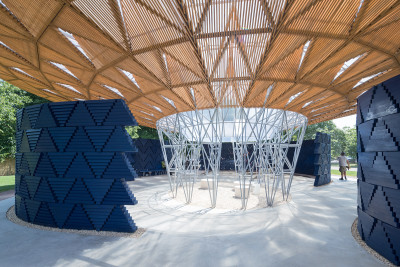
RA Recommends
> 5 years ago
Francis Kéré on his Serpentine Pavilion: “I dream of work in the UK. It’s the place to build”
Three years after his tunnel of straws inspired audiences in Sensing Spaces, architect Diébédo Francis Kéré is back in the UK as the designer of this year’s Serpentine Pavilion. We caught up to hear about his new creation.

Inside the Academy
> 8 years ago
Meaning in material: the story behind our new event series
How the attention given to material choices and use in our ‘Sensing Spaces’ exhibition inspired a debate about the essential building blocks of architecture.

Inside the Academy
> 8 years ago
Francis Kéré’s straws travel to Sierra Leone
Rebecca Milling describes the story of how straws from our ‘Sensing Spaces’ exhibition travelled to Swawou Layout Foundation Primary School for Girls, Sierra Leone.
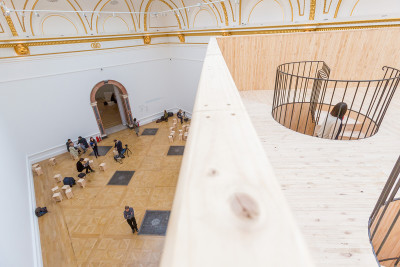
Opinion
< 9 years ago
Wandering Words
‘Sensing Spaces’ was a transformative exhibition for the RA in lots of ways and from the beginning we wanted to break new ground in the types of events we organised for it.
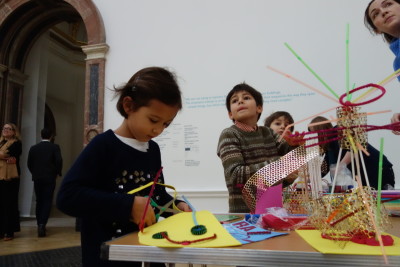
RA Exhibitions
< 9 years ago
Celestine’s castle
Elodie Biegman is eight years old. Her mother is one of our Patrons, and they recently attended the Patrons family morning of the Sensing Spaces exhibition. Here’s what Elodie made of it…
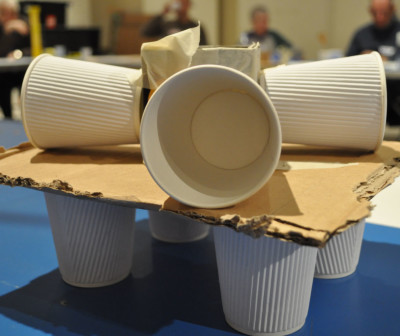
Inside the Academy
< 9 years ago
Building brilliance
It’s not only the critics who have been hailing the success of ‘Sensing Spaces’; the exhibition has been a huge hit with school groups too.

RA Exhibitions
< 9 years ago
Take home a taste of ‘Sensing Spaces’
What happens to the works in our exhibitions once the final visitor has departed? In the case of ‘Sensing Spaces’ we’re offering the exclusive opportunity to take home your favourite pieces.
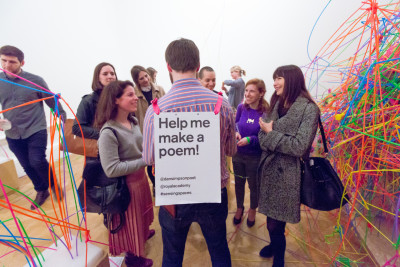
RA Exhibitions
< 9 years ago
Making verses
The third Friday in February saw us host a multi-sensory experience in the spectacular setting of ‘Sensing Spaces’.
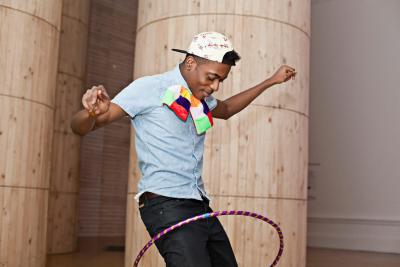
Inside the Academy
9 years ago
Happy birthday Sydney Smirke
A special late opening of ‘Sensing Spaces’ as part of our attRAct programme.

RA Exhibitions
9 years ago
Seeing scents
Fragrance designer Jo Malone has a nose for architecture as well as scent, as we discovered on a visit Kengo Kuma’s aromatic installation in our ‘Sensing Spaces’ exhibition.
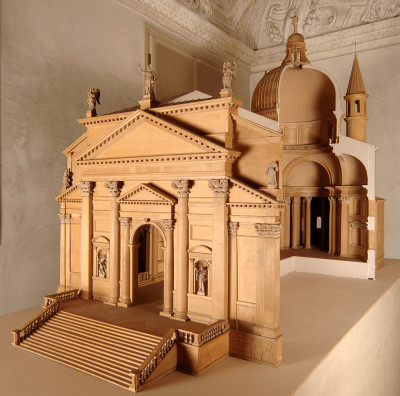
Opinion
9 years ago
How do you make an architecture exhibition?
This is a question that has vexed countless curators over the decades. For an exhibition of art, it’s seemingly obvious. But what does this mean when you’re presenting the work of an architect?
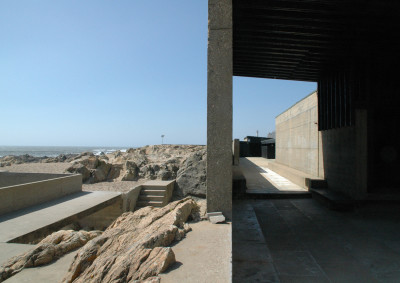
Artists
9 years ago
Meet the architects: Álvaro Siza and Eduardo Souto de Moura
More than any other architects, Álvaro Siza and Eduardo Souto de Moura have made me look with a fresh eye at the Royal Academy’s galleries and architecture.
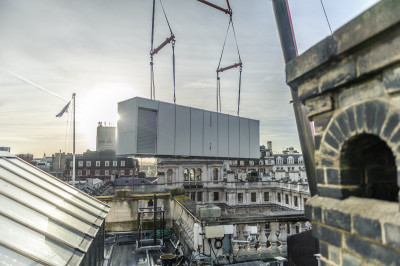
Inside the Academy
9 years ago
Something in the air…
How’s this for a crane’s eye view of the London skyline?
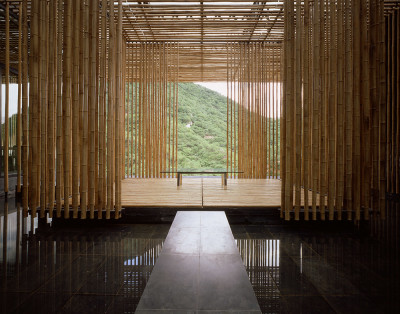
Artists
9 years ago
Meet the architects: Kengo Kuma
It may seem a strange term for an architect to coin, but Japanese architect Kengo Kuma has been developing an idea of what he calls “weak architecture”.
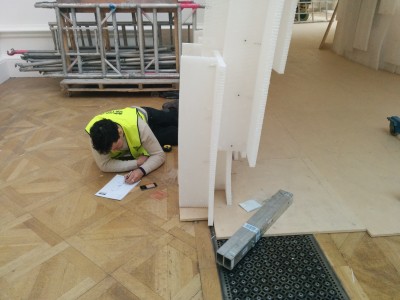
Inside the Academy
9 years ago
Building the show: coat racks and carpenters
The emerging installations give me a thrill as I walk through the galleries, checking drawings, looking at details, observing the teams solving all sorts of practical issues on site.
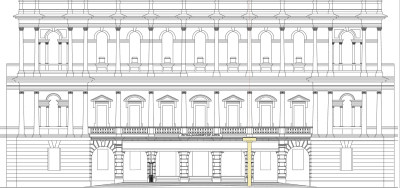
RA Exhibitions
9 years ago
A serendipitous moment and a hint of what’s to come
Shortly after I had been sent the initial ideas by Siza and Souto de Moura I headed into the Main Galleries to consider how they would work.
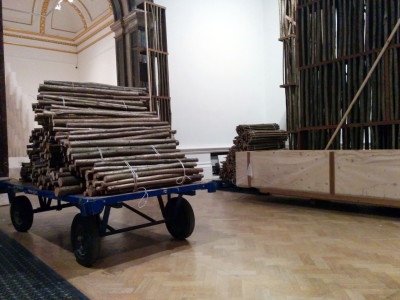
Inside the Academy
9 years ago
Building the show: a peek behind the scenes
Christmas and the holiday period was rather a surreal time. While others were thinking about feasts and wrapping presents, our minds were reeling with schedules of lorries and orders for installation.
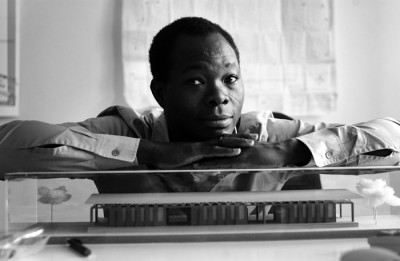
Artists
9 years ago
Meet the architects: Diébédo Francis Kéré
When putting together this group of architects I purposefully sought out those who would bring a variety of perspectives on how we think about architecture and the spaces around us.

Artists
9 years ago
Meet the architects: Li Xiaodong
It was when sitting with Li Xiaodong in a courtyard garden in the Huairou district, a mountainous area near the Great Wall, an hour north of Beijing, that many of his observations of Chinese culture and sensibilities became much clearer for me.
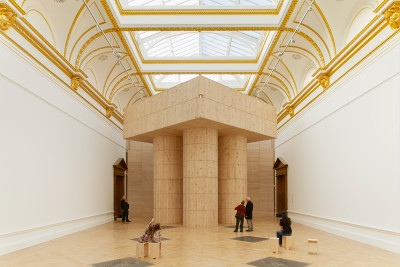
Inside the Academy
9 years ago
A taste of Sensing Spaces
Sensing Spaces will transform the RA’s Main Galleries with structures, light, sounds and smells. Hear from behind the scenes as the exhibition installation gets underway.
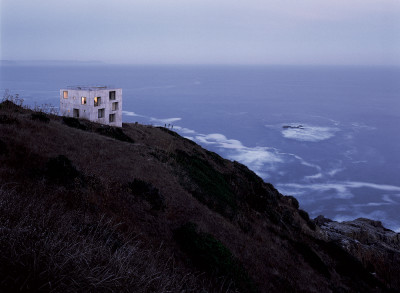
RA Exhibitions
9 years ago
Pezo Von Ellrichshausen: to the Pacific edge
Curator Kate Goodwin visits a “heroic” house perched high, overlooking the ocean in Chile.
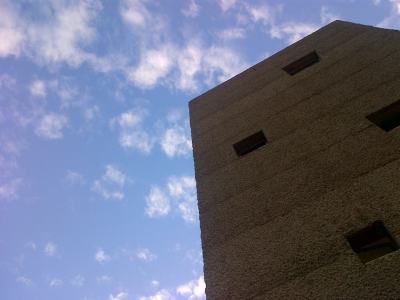
Artists
9 years ago
Meet the architects: Sofia von Ellrichshausen and Mauricio Pezo
Spending some time with the Chilean architects who ‘consider’ rather than ‘design’.
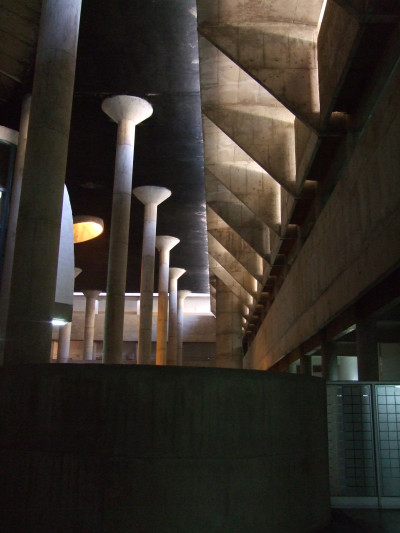
RA Exhibitions
> 9 years ago
Grafton: from Chandigarh to Cordoba
In my last post, I discussed how Grafton Architects wanted to explore what ‘being present’ in an architectural space means. But what spaces have been in their minds as they design their interventions to our galleries? Which spaces have awakened their senses?
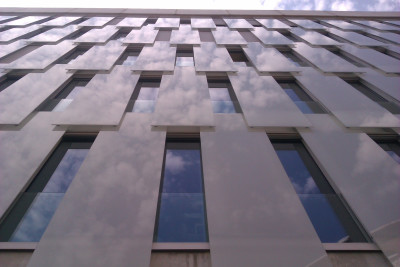
Artists
> 9 years ago
Meet the architects: Grafton
“Buildings tell the stories of our lives in built form… We walk through and feel spaces with our whole bodies and our senses, not just with our eyes and with our minds. We are fully involved in the experience; this is what makes us human.”
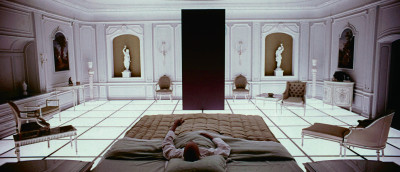
RA Exhibitions
> 9 years ago
Doors of perception
How do buildings make us feel? In the RA’s ‘Sensing Spaces’ exhibition, leading international architects build extraordinary new structures in the Academy’s galleries for visitors to explore. Jay Merrick responds to the ideas behind this groundbreaking project.
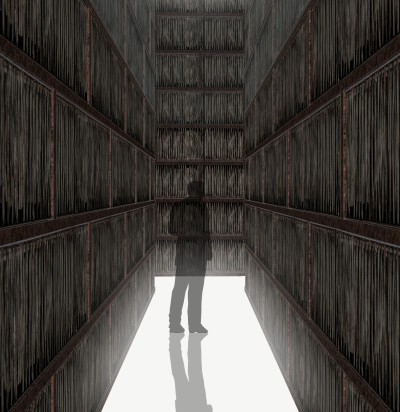
RA Exhibitions
> 9 years ago
Who’s who in Sensing Spaces
Introducing the architects taking part in ‘Sensing Spaces: Architecture Reimagined’.